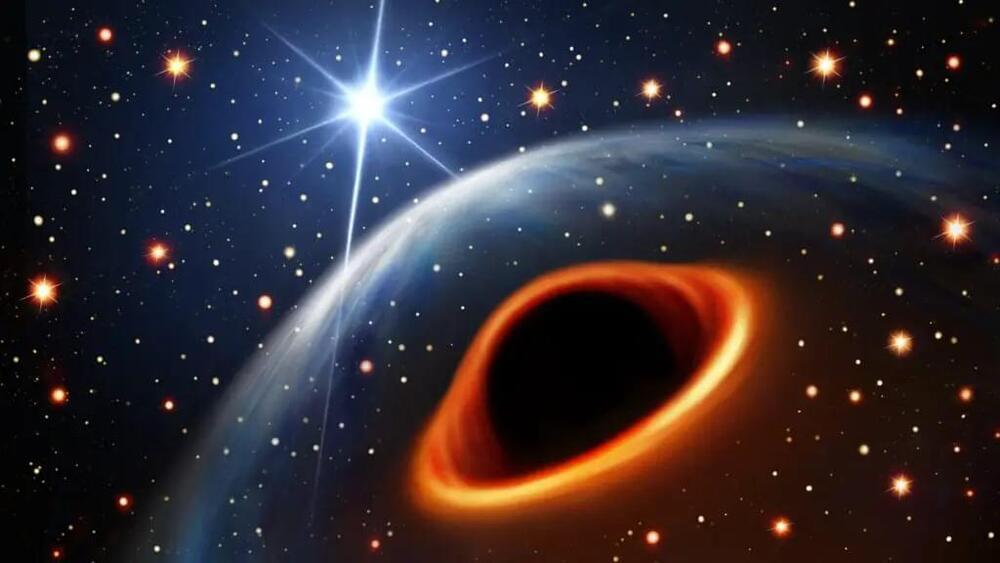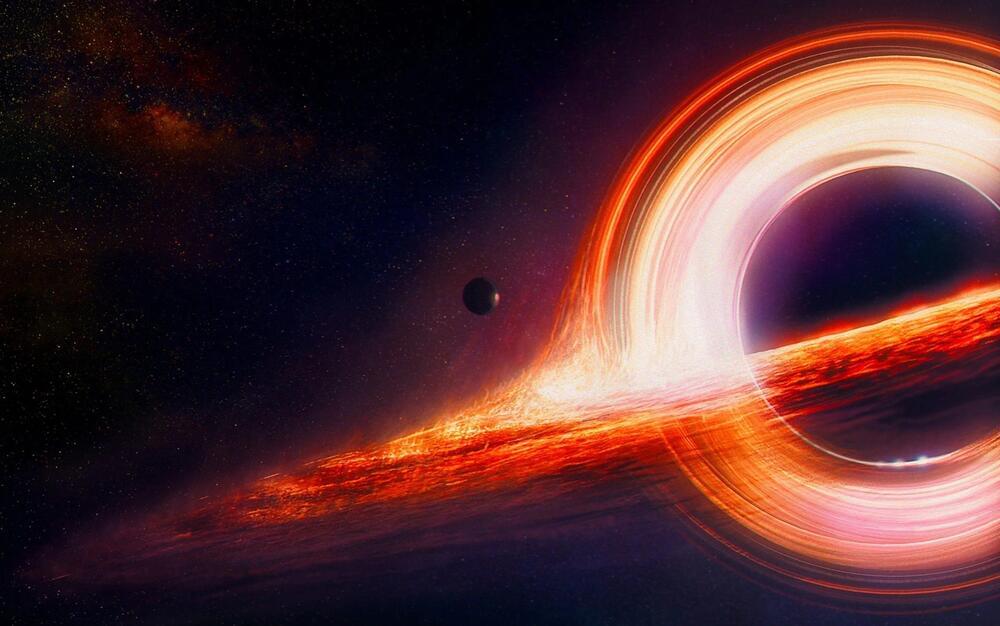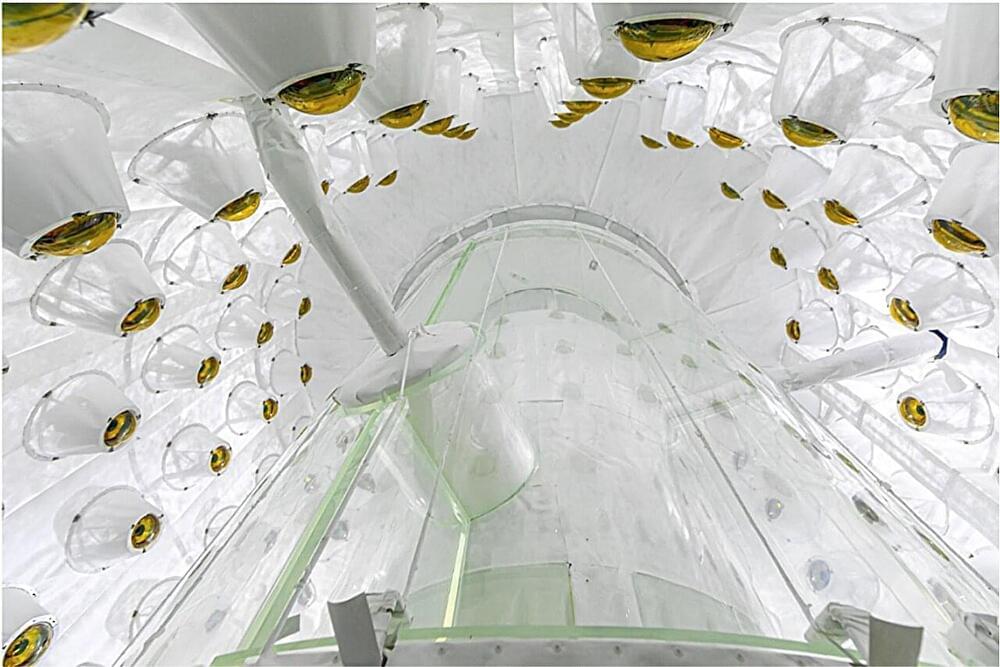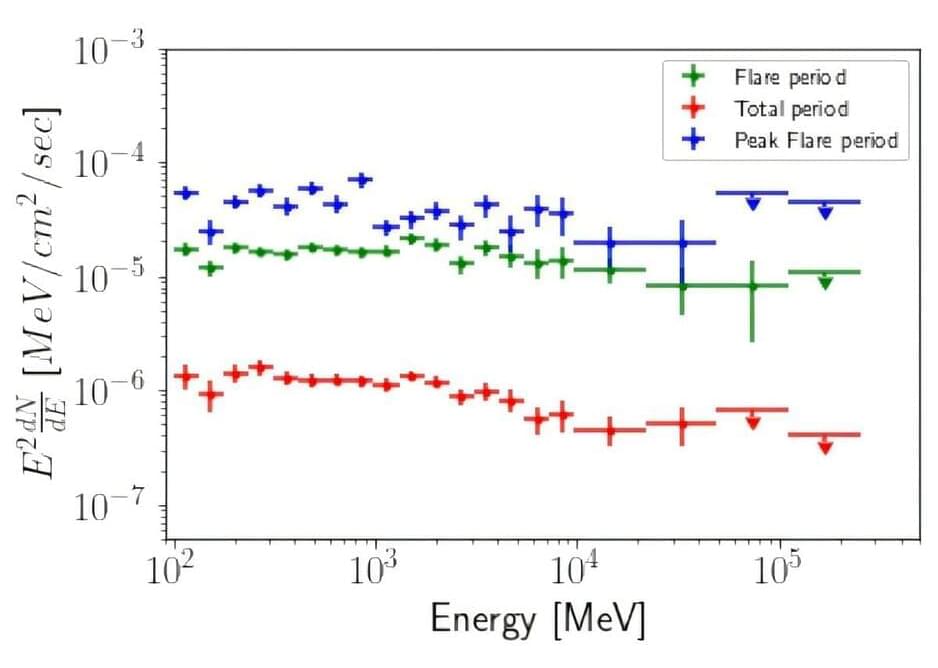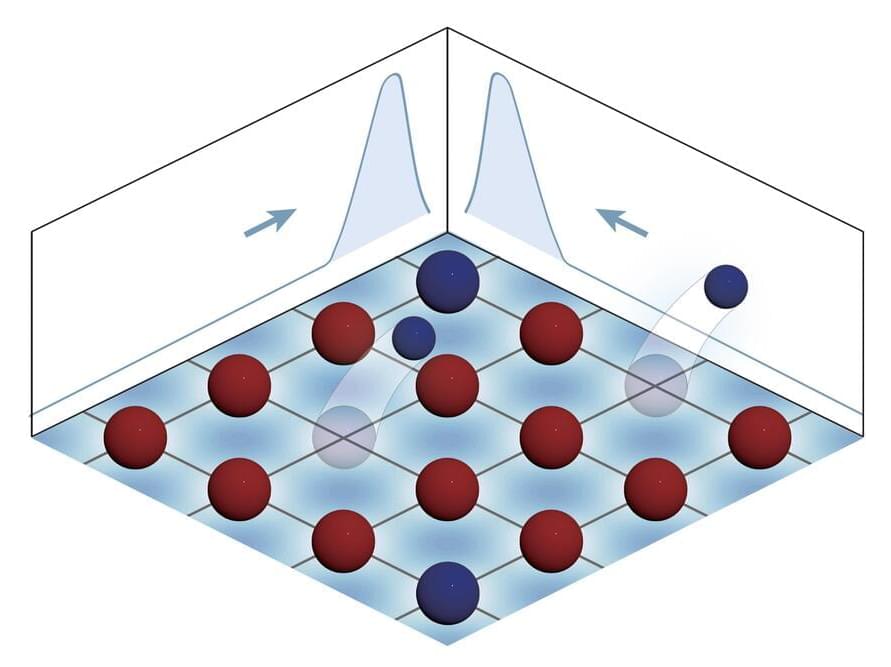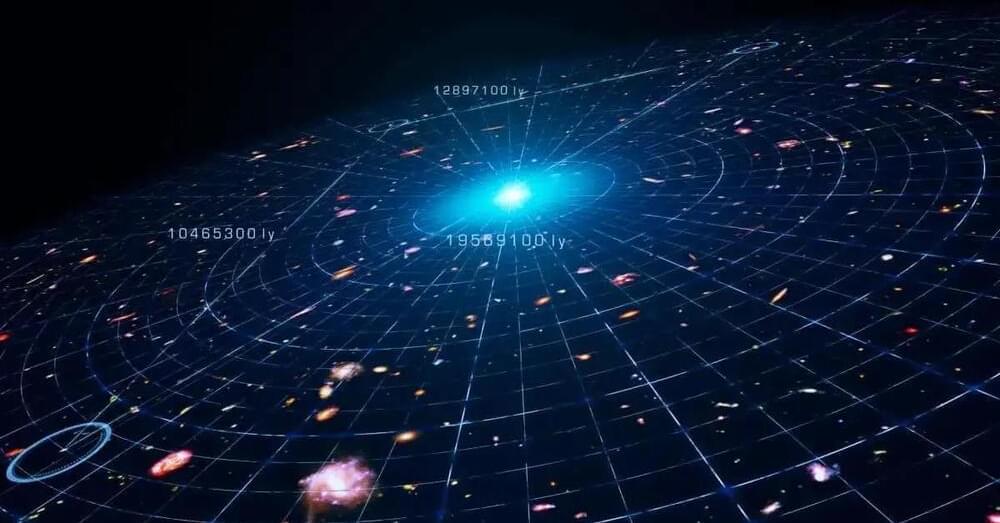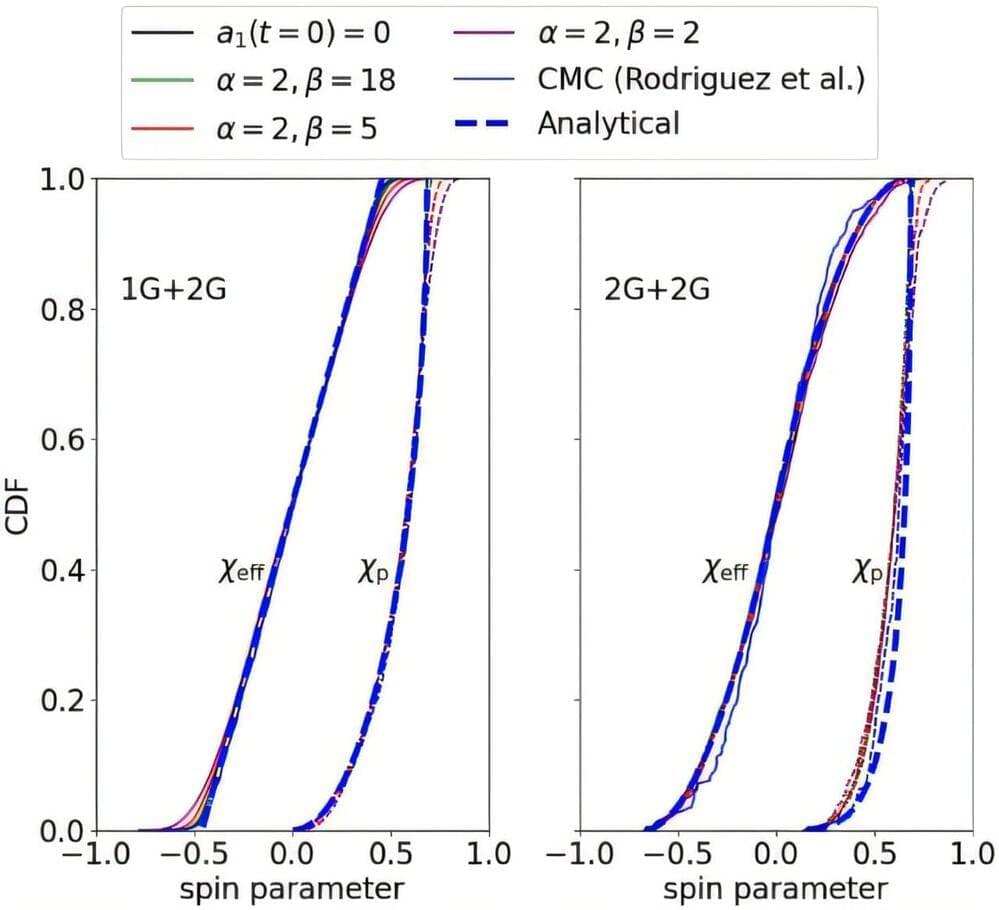Archive for the ‘cosmology’ category: Page 3
Jan 9, 2025
Physicists believe they have resolved Stephen Hawking’s renowned black hole paradox
Posted by Shailesh Prasad in categories: cosmology, physics
Jan 9, 2025
The LZ experiment’s first science run sets new constraints on dark matter interactions
Posted by Saúl Morales Rodriguéz in categories: cosmology, particle physics, science
The LUX ZEPLIN (LZ) Dark Matter experiment is a large research effort involving over 200 scientists and engineers at 40 institutions worldwide. Its key objective is to search for weakly interacting massive particles (WIMPs) by analyzing data collected by the LZ detector, situated at the Sanford Underground Research Facility in South Dakota.
The LZ Collaboration recently released the results of the first experimental run of the LZ dark matter experiment. These results, published in Physical Review Letters, set new constraints on the interactions between dark matter and other particles, which could inform future searches for weakly-interacting dark matter candidates.
“There is no reason to believe that dark matter will interact with regular matter in the simplest way, so it is important to consider more complex interactions,” Sam Eriksen, co-author of the paper, told Phys.org.
Jan 9, 2025
Gamma-ray outburst detected from the radio source 3C 216
Posted by Saúl Morales Rodriguéz in category: cosmology
Using NASA’s Fermi space telescope, Italian astronomers have observed a radio source known as 3C 216. As a result, they detected increased gamma-ray activity from this source, including a strong outburst. The finding is reported in a research paper published on the arXiv preprint server.
3C 216 is an extragalactic radio source at a redshift of approximately 0.67, with a projected linear size of about 182,500 light years. It has an overall steep radio spectrum and a relatively compact morphology. Therefore, it is classified as a compact steep spectrum (CSS) object.
Previous observations of 3C 216 have found that it is a radio galaxy consisting of a central component surrounded by a more extended structure, and has an inner relativistic jet. It turns out that this galaxy is associated with gamma-ray source 4FGL J0910.0+4257.
Jan 9, 2025
Physicists achieve simulation of non-Hermitian skin effect in 2D with ultracold fermions
Posted by Saúl Morales Rodriguéz in categories: cosmology, particle physics, quantum physics
A research team led by The Hong Kong University of Science and Technology (HKUST) has achieved a groundbreaking quantum simulation of the non-Hermitian skin effect in two dimensions using ultracold fermions, marking a significant advance in quantum physics research.
Quantum mechanics, which typically considers a well-isolated system from its environment, describes ubiquitous phenomena ranging from electron behavior in solids to information processing in quantum devices. This description typically requires a real-valued observable—specifically, a Hermitian model (Hamiltonian).
The hermiticity of the model, which guarantees conserved energy with real eigenvalues, breaks down when a quantum system exchanges particles and energy with its environment. Such an open quantum system can be effectively described by a non-Hermitian Hamiltonian, providing crucial insights into quantum information processing, curved space, non-trivial topological phases, and even black holes. Nevertheless, many questions about non-Hermitian quantum dynamics remain unanswered, especially in higher dimensions.
Jan 9, 2025
First Principles Numerical Demonstration of Emergent Decoherent Histories
Posted by Saúl Morales Rodriguéz in categories: cosmology, quantum physics
Simulations deliver hints on how the multiverse produced according to the many-worlds interpretation of quantum mechanics might be compatible with our stable, classical Universe.
Jan 8, 2025
Higgs Boson Breakthrough What Scientists Just Discovered!
Posted by Dan Breeden in categories: cosmology, particle physics, quantum physics
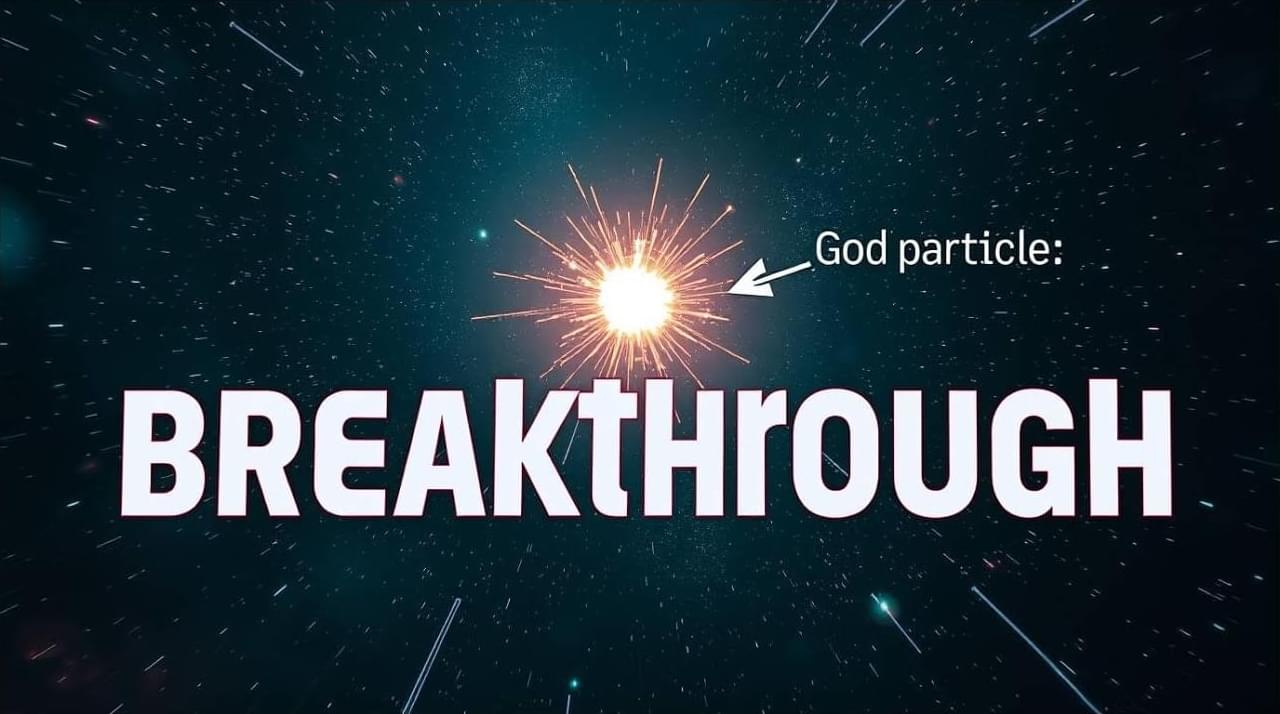
Visit our website for up-to-the-minute updates:
www.royaltyside.blogspot.com.
Follow us.
Facebook: www.facebook.com/royaltysides.
Twitter: www.x.com/RoyaltySide.
Instagram : www.instagram.com/royaltysideofficial/
Continue reading “Higgs Boson Breakthrough What Scientists Just Discovered!” »
Jan 8, 2025
The Universe expands within itself, then what is it expanding into?
Posted by Shubham Ghosh Roy in category: cosmology
This idea stems from General Relativity, which shows that space and time are not fixed but dynamic and interwoven. Two key discoveries in the early 20th century solidified this understanding. First, Vesto Slipher observed that light from many nebulae was redshifted, indicating they were moving away. Second, Edwin Hubble measured distances to these galaxies and found that the farther they were, the faster they receded. This correlation, now known as Hubble’s Law, confirmed that the Universe is expanding.
Scientists often use analogies to explain this phenomenon. The “balloon analogy” imagines galaxies as coins on a balloon’s surface, moving apart as the balloon inflates. Another analogy is a loaf of raisin bread dough, where the raisins (galaxies) move apart as the dough (space) expands. However, these analogies fall short in some respects. Unlike the dough or balloon, the Universe doesn’t expand into anything; it’s all there is.
Observations suggest the observable Universe is only a fraction of a potentially infinite cosmos. While light from unseen regions will eventually reach us, expanding spacetime itself ensures galaxies continue moving farther apart. The theory of cosmic inflation suggests that our Universe is one “bubble” in a vast multiverse, though these regions remain isolated from one another.
Jan 8, 2025
Origins of black holes are revealed in their spin, gravitational wave data analysis finds
Posted by Saúl Morales Rodriguéz in categories: cosmology, physics
The size and spin of black holes can reveal important information about how and where they formed, according to new research.
The study, led by scientists at Cardiff University, tests the idea that many of the black holes observed by astronomers have merged multiple times within densely populated environments containing millions of stars.
The work is published in the journal Physical Review Letters.
Jan 7, 2025
New Cosmic Microwave Background Measurements Sharpen Puzzling “Hubble Tension”
Posted by Genevieve Klien in category: cosmology
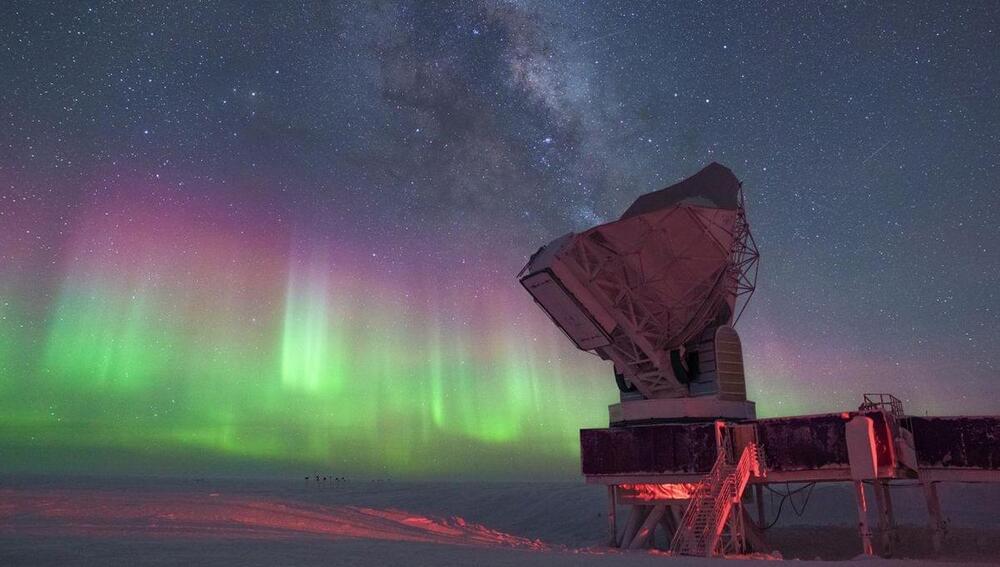
Observations with the South Pole Telescope have revealed an independent addition to the biggest problem in cosmology.
